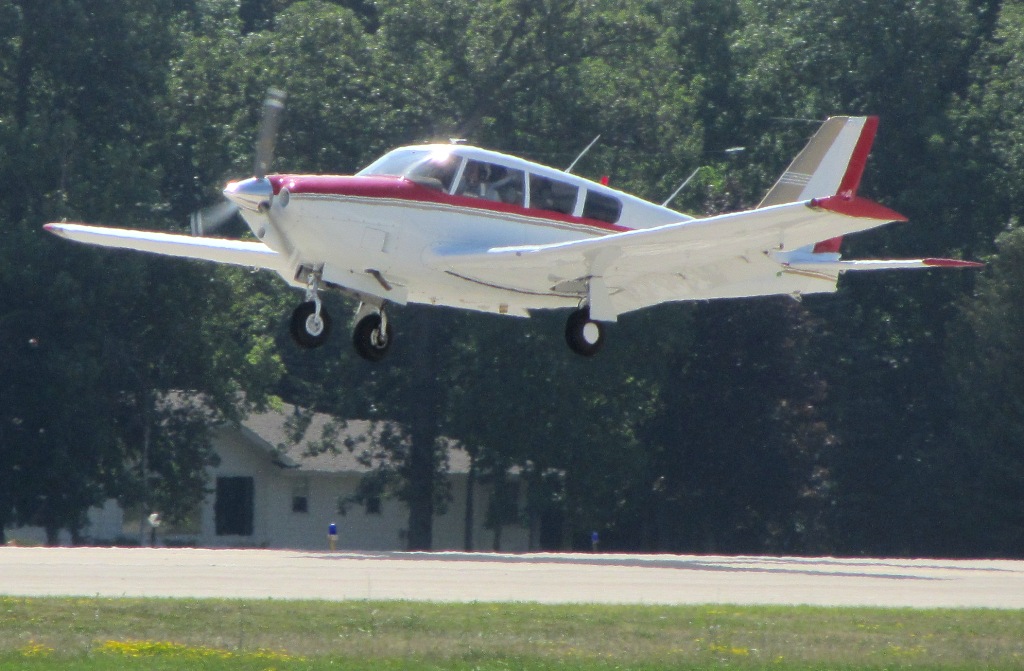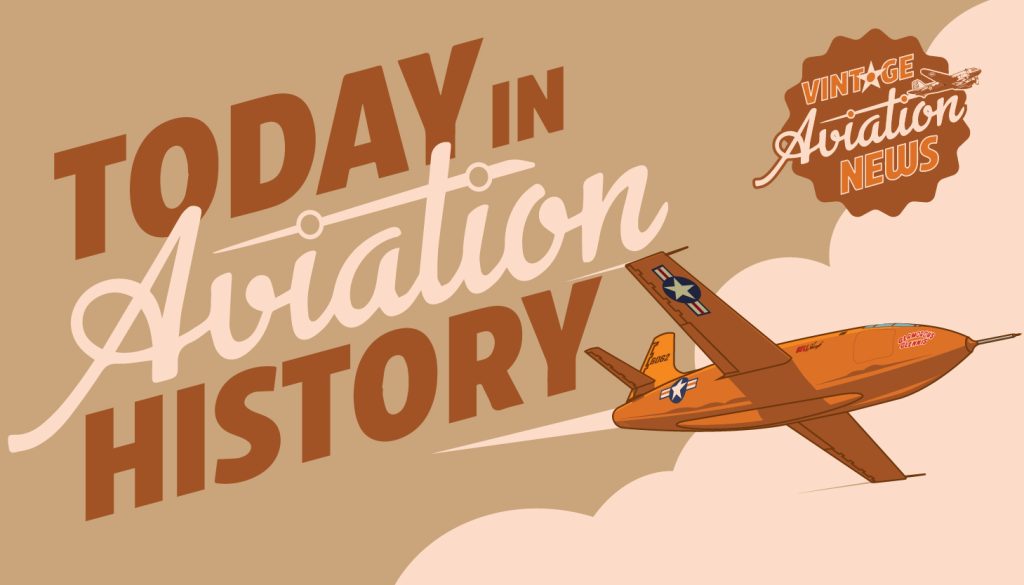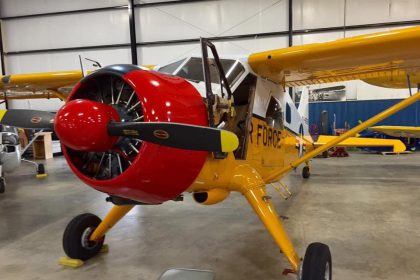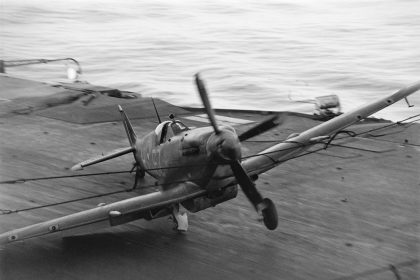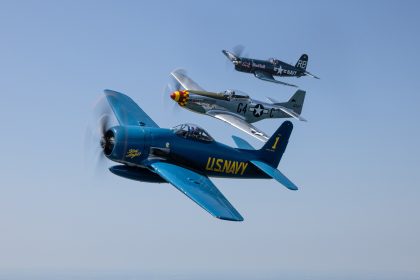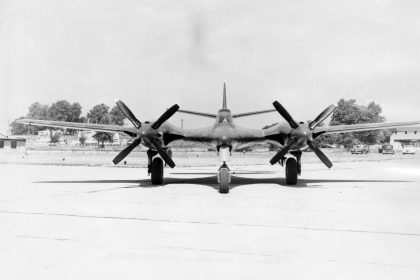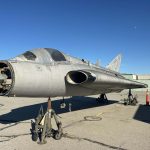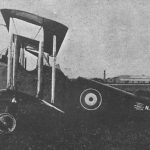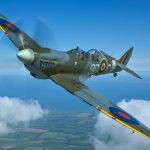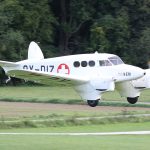On this day in aviation history, May 24, 1956—69 years ago—the Piper PA-24 Comanche made its maiden flight at the Piper Aircraft Company headquarters in Lock Haven, Pennsylvania. At the controls of Comanche serial number 24-1, registered as N2024P, was company test pilot Jay Myer. This inaugural flight marked the beginning of a distinguished legacy in general aviation—one that would span decades and leave a lasting impression on private aviation.
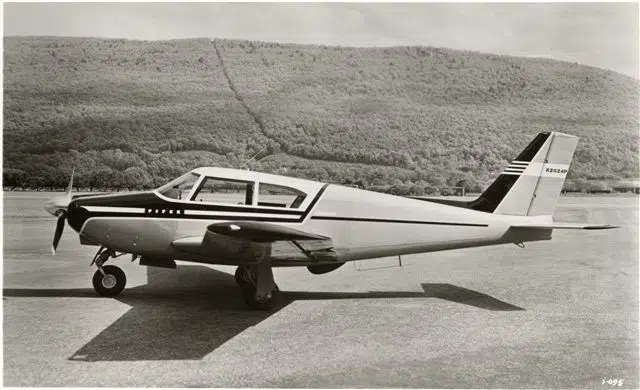
The PA-24 Comanche is a single-engine, low-wing monoplane featuring retractable landing gear—a modern and sleek design for its time. Piper developed the aircraft with discerning private pilots in mind, especially those who used their aircraft for personal and business travel and desired more performance and comfort than existing offerings provided. Over the years, the Comanche saw numerous variants, reflecting advancements in general aviation technology. These included engine upgrades, stretched fuselages, and even the development of a twin-engine version—the PA-30 Twin Comanche.
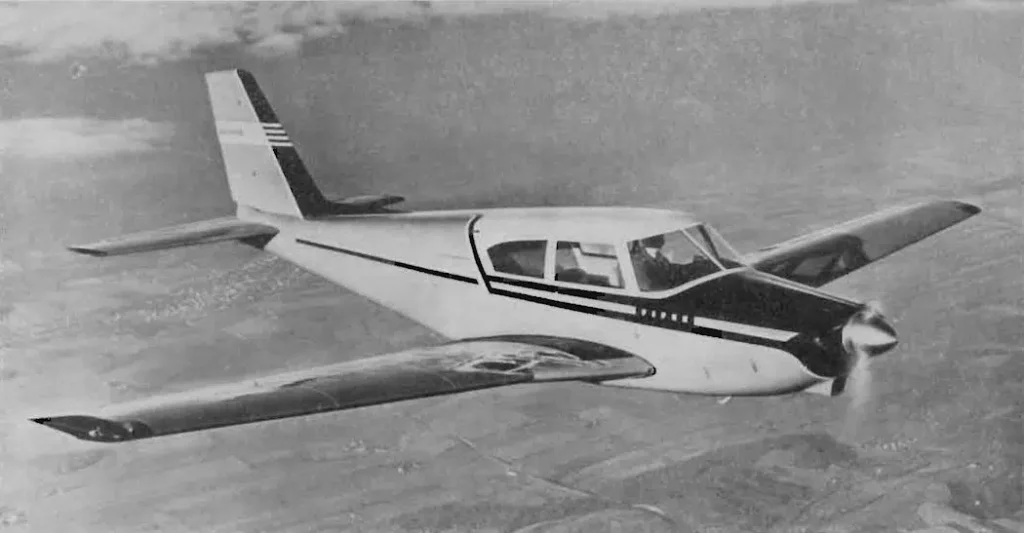
One of the later models, the early 1970s PA-24-260C, could carry three to five passengers in addition to the pilot. It was powered by a Lycoming IO-540 six-cylinder, horizontally-opposed engine producing 260 horsepower. With standard 60-gallon fuel capacity—expandable with an optional 30-gallon auxiliary tank—the Comanche offered an impressive range of up to 1,225 miles. It had a service ceiling of 19,500 feet, cruised comfortably at 185 mph, and reached a top speed of 195 mph—solid performance for a general aviation aircraft of its era.
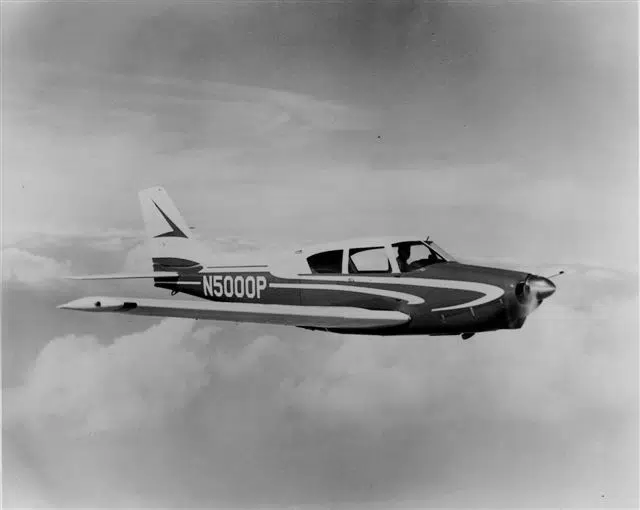
Piper produced 4,857 PA-24 Comanches between 1957 and 1972. Many remain in active use today with private owners, flying clubs, and even flight schools training future commercial pilots. Remarkably, the original Comanche—s/n 24-1, N2024P—still holds a valid registration and airworthiness certificate, with its current owner based in New York. This enduring airworthiness stands as a testament to the aircraft’s quality design and the dedication of the aviation community that continues to fly and maintain these classics.
